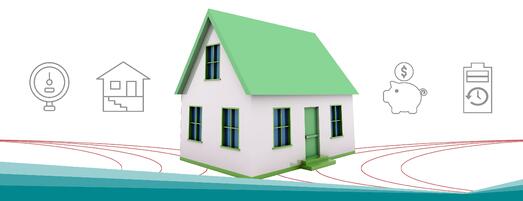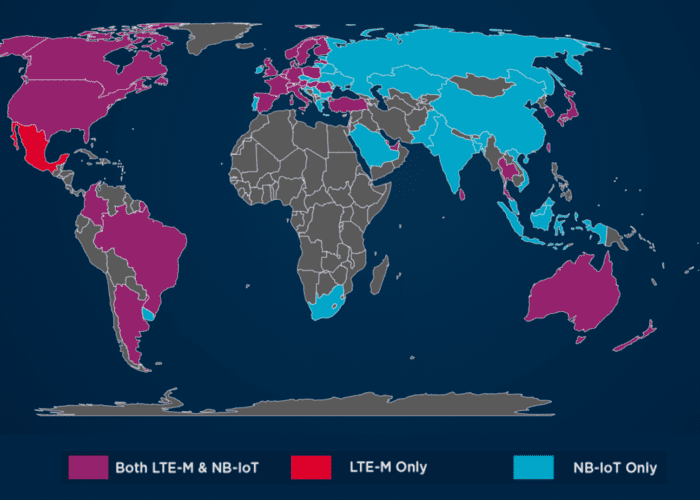A major benefit to consider when choosing LTE-M is the low service costs. Maximum data rates of LTE-M devices are lower than LTE. Carriers likely will offer service plans that are closer to older 2G pricing than 4G pricing. In addition, LTE-M can piggyback on existing LTE networks and save customers expenses by using existing infrastructure. No need to build. Additionally, with LTE-M, there is up to 50% reduction in module costs over comparable IoT devices. These LTE-M modules are less expensive due to their relatively narrow bandwidth and their ability to transmit only as needed, alleviating the requirement to be in ongoing transmission mode.
Added to these cost savings is the ability of LTE-M to maximize battery life. Traditional cellular modems either waste power by remaining connected to a network or get disconnected from a network to save power but take much more time to reboot. Both features are inconvenient and either waste time or energy. The LTE-M module lets the modem enter an extremely low power mode that does not require rebooting or search when returning to a fully active state. Instead, the asset is contacted using shoulder tapping, which essentially awakens the device in order to let it know there is a message waiting (to either send or receive.
By replacing GSM and CDMA protocols, LTE-M is poised to dominate the IoT world for years to come. For many functions, the cost of cellular deployments is considered too expensive for widespread IoT use due to excessive power consumption and complex protocols that shorten battery life. That is why LTE-M is considered todays standard, meeting security and power conservation levels suited for global deployments in multiple business sectors.




